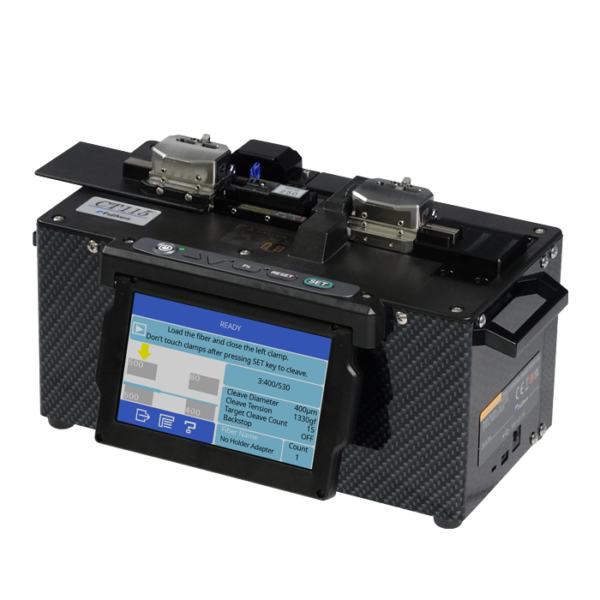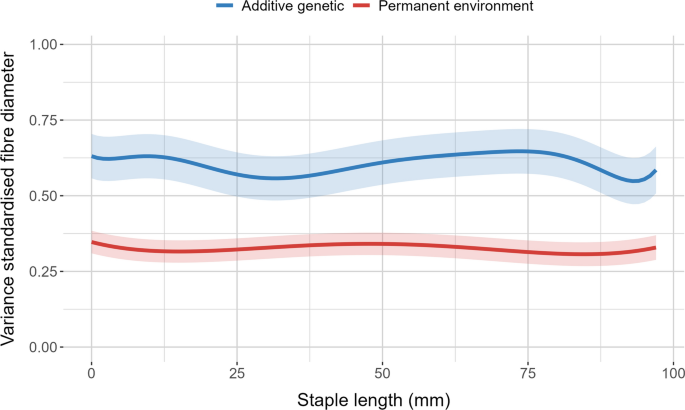Choosing the Best-Suited Optical Fibre Diameter Analyser for High Precision
Choosing the Best-Suited Optical Fibre Diameter Analyser for High Precision
Blog Article
Optimize Your Fibre Optic Performance: Understanding Optical Fiber Size Analyser Innovation
The efficiency of fibre optic systems is critically affected by the accuracy of their diameter, an element frequently neglected in the pursuit of optimum signal honesty. Comprehending the technology behind optical fibre size analysers exposes the intricate equilibrium between measurement accuracy and production high quality. These devices not only enhance compliance with market requirements however also give real-time insights that can preemptively address possible problems. However, the effects of their usage expand beyond simple measurement; they can fundamentally change the landscape of fiber optic performance. What aspects should one think about to harness their complete potential?
Importance of Optical Fiber Diameter
The size of optical fiber plays an important duty in identifying the efficiency and effectiveness of interaction systems. It influences numerous crucial specifications, consisting of the mode of light propagation, attenuation, and bandwidth capability. Bigger sizes typically enable several light modes, promoting greater data transmission rates. On the other hand, smaller sized diameters tend to support less modes, which can improve signal clearness and minimize crosstalk.

In addition, understanding the size's implications can lead to set you back financial savings by minimizing the need for signal amplification and repeaters in comprehensive networks (optical fibre diameter analyser). In conclusion, the significance of optical fibre diameter can not be overemphasized, as it straight impacts the overall performance and integrity of contemporary communication systems

How Diameter Impacts Signal Quality
Signal top quality in optical fiber systems pivots considerably on the diameter of the fibre. A smaller sized size can lead to higher depletion prices, resulting in signal loss as light travels through the fibre.
On the other hand, bigger diameters normally allow for enhanced light capture and lowered modal dispersion, boosting signal clarity. In multimode fibers, a bigger core diameter can sustain multiple light modes, yet it may likewise introduce intermodal diffusion, which can break down signal high quality. For that reason, picking the optimum fibre size is vital for achieving the desired performance in certain applications.
Additionally, the communication between the fiber size and the wavelength of the light utilized plays an essential role in determining the reliable transmission distance and overall signal stability. Recognizing just how fibre size impacts signal quality is crucial for network designers and designers making every effort to enhance optical fibre systems for trustworthy, high-speed data transmission.
Overview of Diameter Analyser Innovation
In several optical fibre production processes, accurate dimension of fibre size is essential for guaranteeing constant efficiency and top quality (optical fibre diameter analyser). Diameter analysers are innovative instruments designed to assess the physical dimensions of optical fibers with high precision. They use sophisticated optical and laser modern technologies to determine the size, ovality, and concentricity of the fiber, hence providing vital information for quality assurance
These analysers can run in-line during the manufacturing procedure or as part of off-line testing procedures. In-line systems enable real-time monitoring, allowing producers to change specifications instantly, thereby preserving ideal manufacturing problems. Off-line analysers, on the various other hand, give detailed evaluations of batches, guaranteeing that any type of deviations from defined resistances are recognized and resolved.
Diameter analysers considerably add to the reduction of flaws in optical fibres, boosting general product reliability. By continually determining vital criteria, these modern technologies facilitate conformity with market requirements and specifications. As the demand for high-performance optical fibres continues to climb, the function of size analysers comes to be significantly important in accomplishing the desired top quality and performance criteria in fiber optic systems.
Trick Features of Fibre Size Analysers
Although different models of fiber diameter analysers exist, they frequently share numerous crucial features that boost their capability and integrity. Among the most significant attributes is high-resolution dimension abilities, which make sure exact size analyses, critical for maintaining high quality control in fibre production. Furthermore, numerous analysers include sophisticated optical sensors designed to detect minute variants in fiber diameter, therefore giving these details important data for procedure optimization.
An additional crucial feature is real-time tracking, permitting operators to receive prompt feedback on visit our website fibre size throughout the manufacturing process (optical fibre diameter analyser). This capacity facilitates fast changes and decreases the chance of defects. Many analysers also come equipped with straightforward user interfaces, making it possible for operators to easily browse through information and settings results
Additionally, durable information storage and evaluation functionalities are necessary for tracking historical efficiency fads and guaranteeing conformity with sector criteria. These functions jointly contribute to the efficiency of fibre diameter analysers in optimizing fiber optic efficiency.
Ideal Practices for Fibre Optimization

First, regular calibration of optical fibre size analysers is necessary. This guarantees precise dimensions and reduces prospective disparities that could impact efficiency. Next, keeping a tidy workplace is vital; dust and pollutants can bring about indicate destruction.
In addition, it is essential to select fibres that fulfill certain application demands. This entails examining factors such as attenuation, transmission capacity, and environmental problems. Appropriate setup strategies should likewise be complied with, consisting of preventing sharp bends and excessive tension, which can compromise fibre integrity.
Additionally, employing sophisticated tracking systems can help with real-time performance assessments, making it possible for punctual identification of issues. Regular screening and upkeep must be carried out to guarantee that fibres stay within optimum functional parameters.
Finally, training workers on the current fibre optimization modern technologies and techniques will improve their ability to implement reliable methods. By following these best practices, organizations can dramatically improve the performance and lifespan of their optical fibre systems, ensuring efficient communication and data transfer.
Final Thought
In conclusion, the combination of optical fibre diameter analyser innovation is crucial for maximizing fibre optic performance. By making sure precise measurements of fiber measurements, these analysers dramatically enhance signal top quality and minimize losses throughout data transmission.
Signal top quality in optical fibre systems pivots substantially on the diameter of the fiber.In lots of optical fiber manufacturing processes, precise dimension of fibre diameter is vital for making certain regular performance and quality. As article the demand for high-performance optical fibres proceeds to rise, the duty of diameter analysers comes to be increasingly crucial in attaining the desired high quality and efficiency standards in fibre optic systems.
These attributes collectively contribute to the efficacy of fibre size analysers in maximizing fibre optic efficiency.
In verdict, the assimilation of optical fiber size analyser modern technology is important for taking full advantage of fibre optic performance.
Report this page